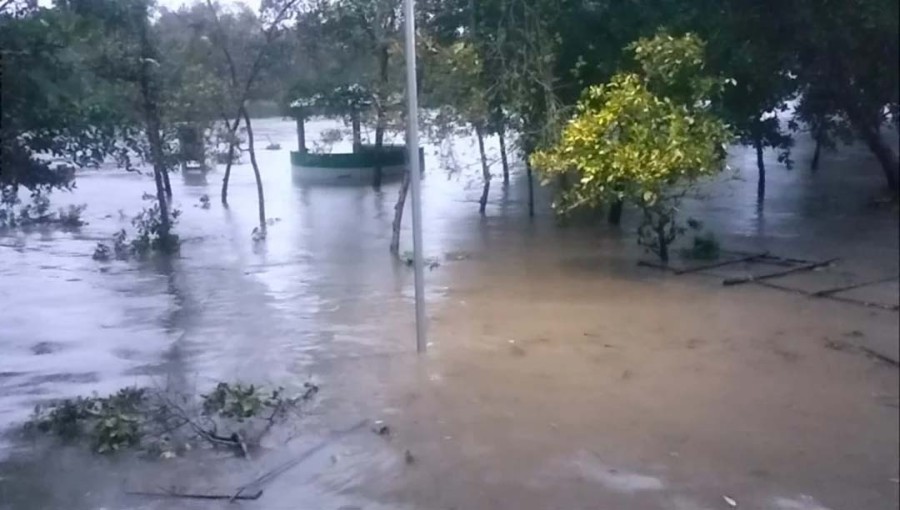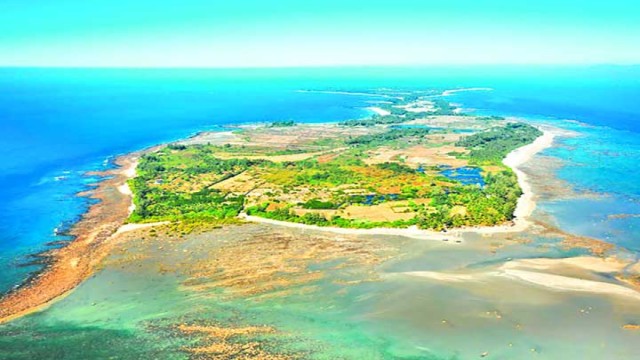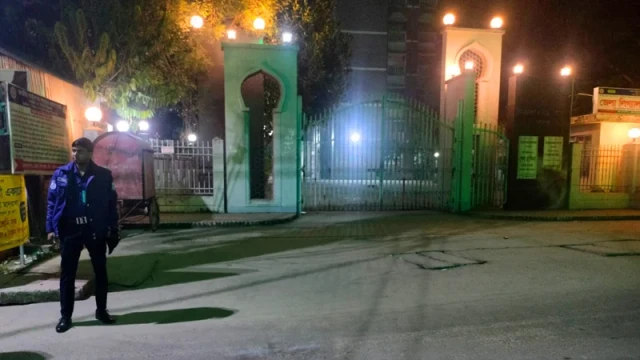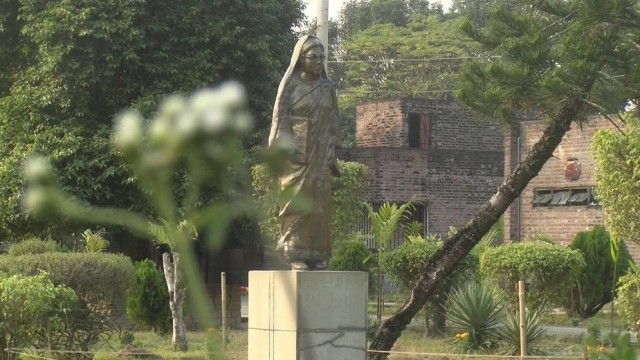Forest officials and experts estimate that it may take 30 to 40 years for the Sundarbans to recover from biodiversity losses caused by a recent super cyclonic storm. The storm resulted in infrastructural damage worth Tk6 crore and severely impacted the mangrove forest, with a tidal surge inundating it for nearly two days.
Animal habitats were destroyed, leading to the death of many species, including deer, boars, snakes, and monitor lizards. Freshwater ponds were also flooded with saline water, causing a potable water crisis. Losses are estimated to be three times higher than those incurred during Cyclone Amphan in 2020.
Abu Naser Mohsin Hossain, divisional forest officer of the Sundarbans West Forest Division, reported infrastructural losses in Khulna and Satkhira amounting to Tk2.61 crore. Damage included jetties, roads, barracks, solar plates, wireless towers, and generators. Saline water also inundated 14 freshwater ponds.
Mohsin emphasized that while infrastructural losses can be repaired, the forest's biodiversity damage is irreversible and recovery will be slow. The Sundarbans is home to countless animals, making it challenging to estimate biodiversity-related losses. Thirty deer carcasses were found, but the true number of dead animals is unknown.
Dr. Sheikh Faridul Islam of Save the Sundarbans Foundation stressed the need for high shelters and raised banks for freshwater ponds to protect animals from future cyclones. Khulna University Environment Science Professor Abdullah Harun Chowdhury highlighted the extensive damage from the prolonged tidal surge and called for protecting the forest from human-induced harm.































Comment: